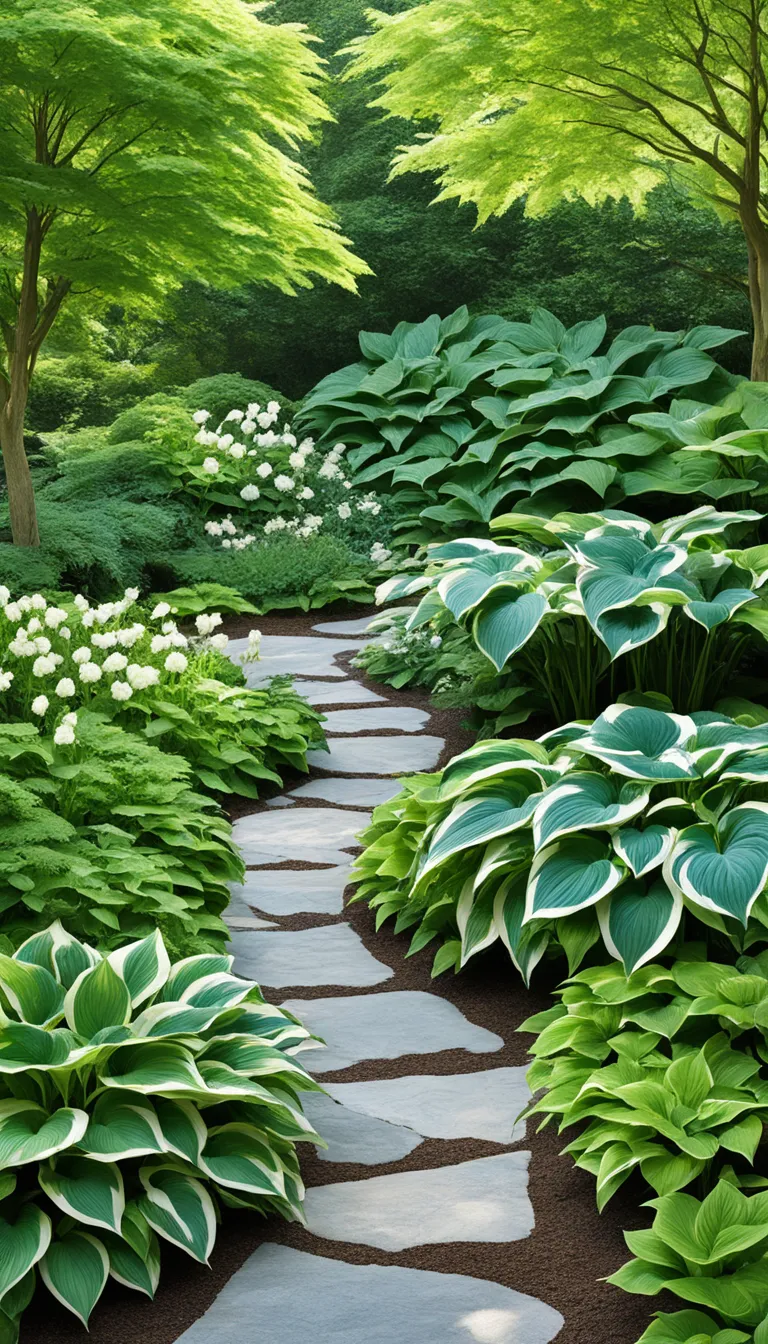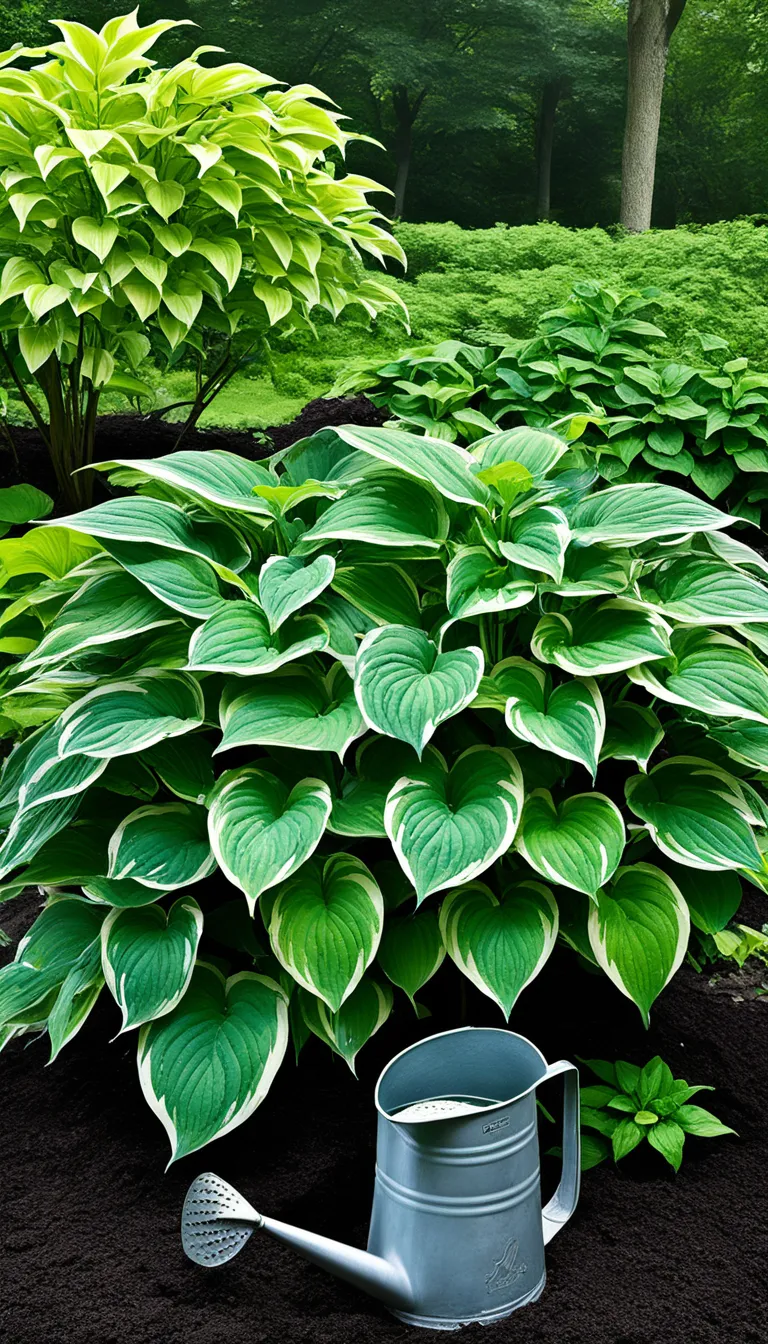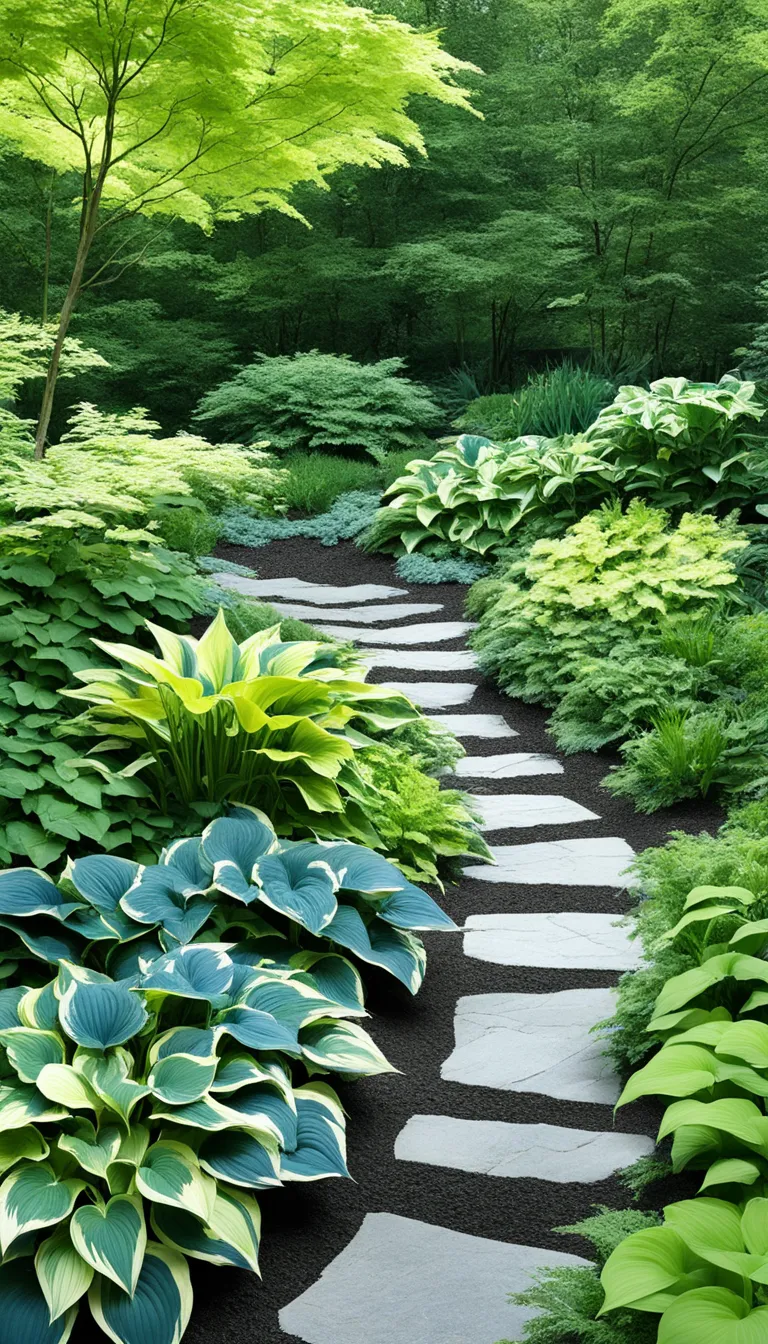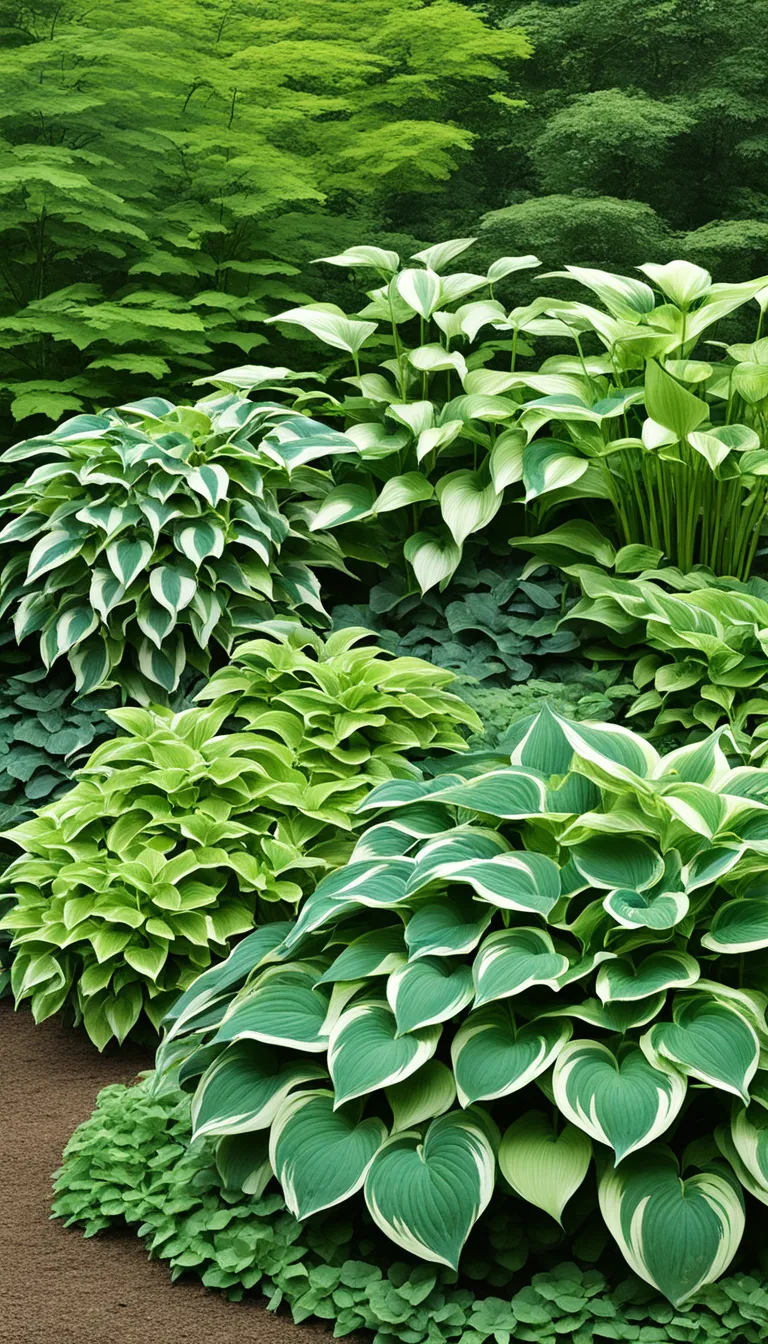Have you ever stumbled upon a lush garden and found yourself mesmerized by the leafy elegance of Hosta plants? These shade-tolerant perennials are the unsung heroes of the horticultural world, bringing a serene beauty to any corner they inhabit. But what exactly are Hostas, and why do they deserve a spot in your garden?
Originally hailing from the woodlands of Asia, Hostas are known for their striking foliage, ranging from deep greens to vibrant variegations. Did you know that these plants are not only about aesthetics? They’re also incredibly hardy, making them a perfect choice for both novice and seasoned gardeners alike.
Let’s dive into the world of Hostas and discover the intricacies of their care, the explosion of varieties available, and the best planting techniques to ensure a garden that’s both a surprise in its resilience and a visual feast. Whether you’re looking to create a tranquil shade garden or simply want to add some robust texture to your landscape, Hostas are a go-to plant that promises to deliver.
Stay tuned as we unfold the secrets of these botanical beauties. From the heart-shaped leaves of the ‘Valentine Lace’ to the colossal spread of the ‘Empress Wu’, we’re about to embark on a verdant journey that will transform the way you see and grow Hostas. Ready to get your hands dirty? Let’s grow!

What is Hosta?
Hosta, often hailed as the backbone of the shade garden, is a perennial favorite known for its lush foliage and easy care. Native to Northeast Asia, these leafy beauties have made their way into the hearts of gardeners worldwide, thanks to their versatility and variety. But what exactly is a Hosta, you ask?
Well, imagine a plant that can thrive in the tricky shady spots of your garden, where most plants would simply give up. Hostas are not just survivors; they’re showstoppers with their wide array of colors, textures, and sizes. Their leaves can be bold and broad or slender and rippled, ranging from deep greens to golds, and even blues, often with captivating variegation.
But that’s not all! Come summer, Hostas surprise us with an explosion of blooms. These flowers shoot up on stalks above the foliage, showcasing lavender or white hues, and some are even fragrant. It’s a true sensory delight! Let’s not forget, Hostas are not only a visual treat but also a haven for wildlife, offering sustenance to bees, hummingbirds, and butterflies.
Here’s a quick rundown of why Hostas are a gardener’s dream:
- Shade Tolerance: They excel in low-light environments.
- Minimal Care: Hostas require little maintenance once established.
- Variety: With over 3,000 registered varieties, there’s a Hosta for every garden.
- Longevity: These perennials can live for decades, growing more impressive with age.

How to Care for Hosta?
Caring for Hosta plants is a breeze when you know what they need to thrive. These shade-loving perennials are surprisingly resilient, but with a little extra attention, you can ensure they explode with lush foliage year after year. Let’s dive into the essentials of Hosta care!
First off, water is the lifeblood of Hostas. They prefer evenly moist soil, which means regular watering is key, especially during dry spells. But beware, overwatering can lead to root rot, so ensure the soil is well-draining.
When it comes to soil, Hostas are not too picky, but they flourish in rich, organic matter. A yearly top-dressing of compost can work wonders. Here’s a quick checklist for the ideal Hosta care:
- Watering: Consistent moisture is crucial, but avoid waterlogging.
- Soil: Opt for nutrient-rich, well-draining soil.
- Sunlight: Generally, Hostas love shade, but some varieties can tolerate a bit of morning sun.
- Fertilizing: A balanced, slow-release fertilizer in early spring can boost growth.
- Dividing: Every few years, divide your Hostas to prevent overcrowding and rejuvenate older plants.
Remember, the amount of sunlight your Hosta gets can affect its color and growth. Varieties with green or blue leaves typically need more shade, while those with gold or white leaves can handle more light. It’s a delicate balance that can lead to a stunning display if managed well.
Lastly, don’t forget about pests and diseases. Slugs and snails are notorious for munching on Hosta leaves. A layer of eggshells or diatomaceous earth around your plants can act as a natural deterrent. Regularly inspect your plants for signs of disease, such as spots or wilting, and take action promptly to keep your Hostas in explosive health.

What are the Hosta Varieties?
Ever wondered about the sheer diversity of Hosta plants available to green your garden space? With a surprising explosion of colors, sizes, and shapes, Hostas are as varied as they are beautiful. Let’s dive into some of the most popular varieties that you might consider adding to your own garden oasis.
Hostas come in a myriad of varieties, each with its own unique appeal. From the giant leaves of Hosta ‘Sum and Substance’ to the miniature charm of Hosta ‘Mouse Ears’, there’s a Hosta for every garden. Have you ever seen the variegated patterns on a Hosta ‘Patriot’? Or the lush, blue-green hues of a Hosta ‘Halcyon’? These are just a hint of the visual treats these plants offer.
- Hosta ‘Sum and Substance’: Known for its large, chartreuse leaves.
- Hosta ‘Mouse Ears’: A petite variety that’s perfect for small spaces.
- Hosta ‘Patriot’: Features striking white margins on dark green leaves.
- Hosta ‘Halcyon’: Offers beautiful blue foliage.
- Hosta ‘Empress Wu’: One of the largest Hostas, with leaves that can span over 1.5 feet in width.
When selecting a Hosta, consider the size of your garden and the light conditions. Some Hostas thrive in shade, while others can handle more sun. Also, think about the color contrasts between the Hosta and your existing plants. The right Hosta can create a stunning visual impact that will make your neighbors green with envy.
Don’t forget about the seasonal changes! Hostas are not only about their leaves; they also produce delicate flowers that can add an extra layer of interest to your garden. From the lavender blooms of Hosta ‘Fragrant Bouquet’ to the white flowers of Hosta ‘Royal Standard’, the options are as endless as they are enchanting.





